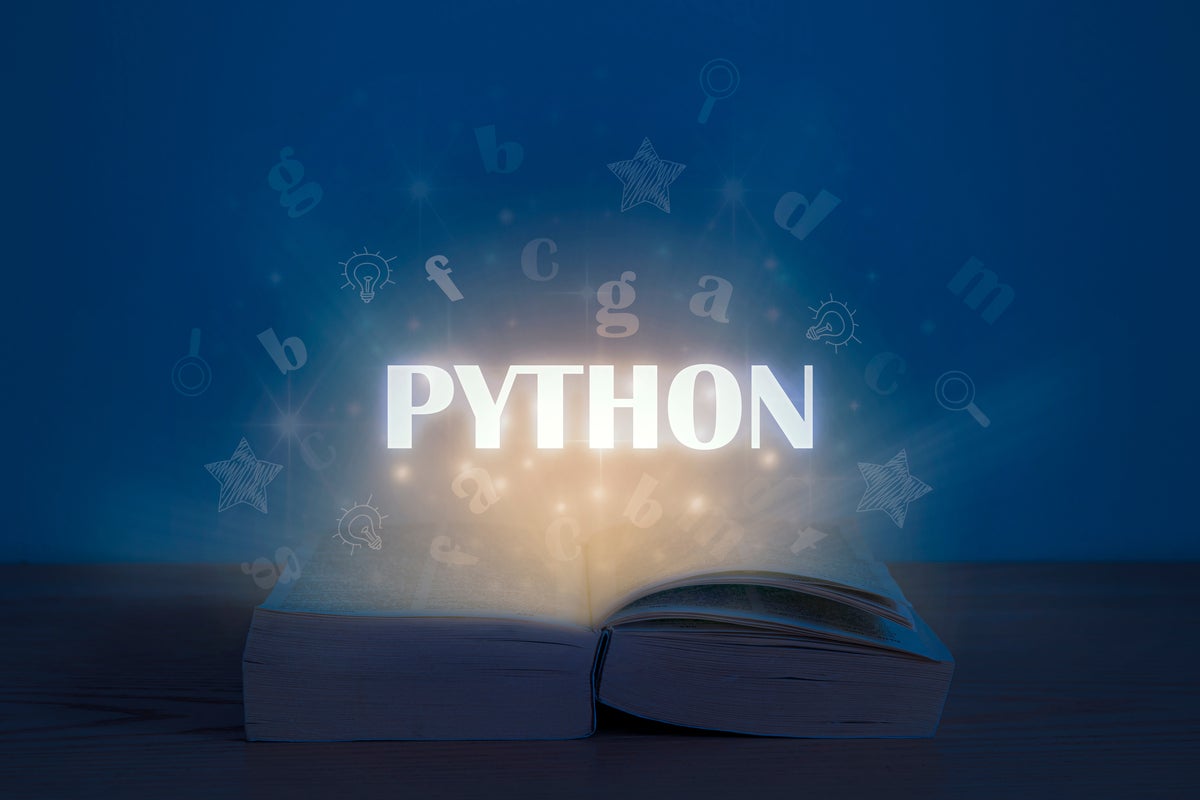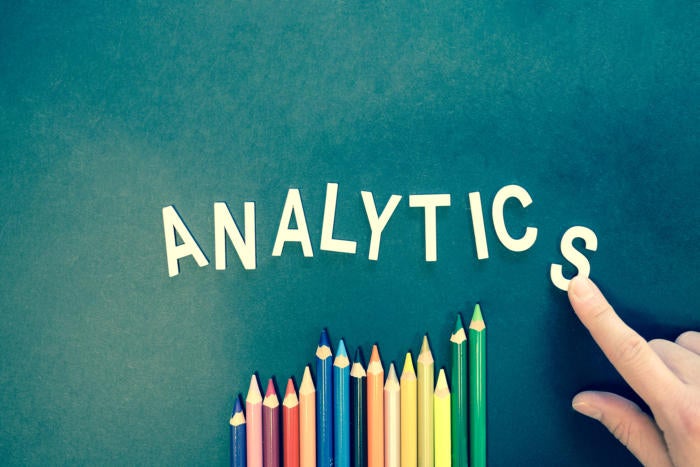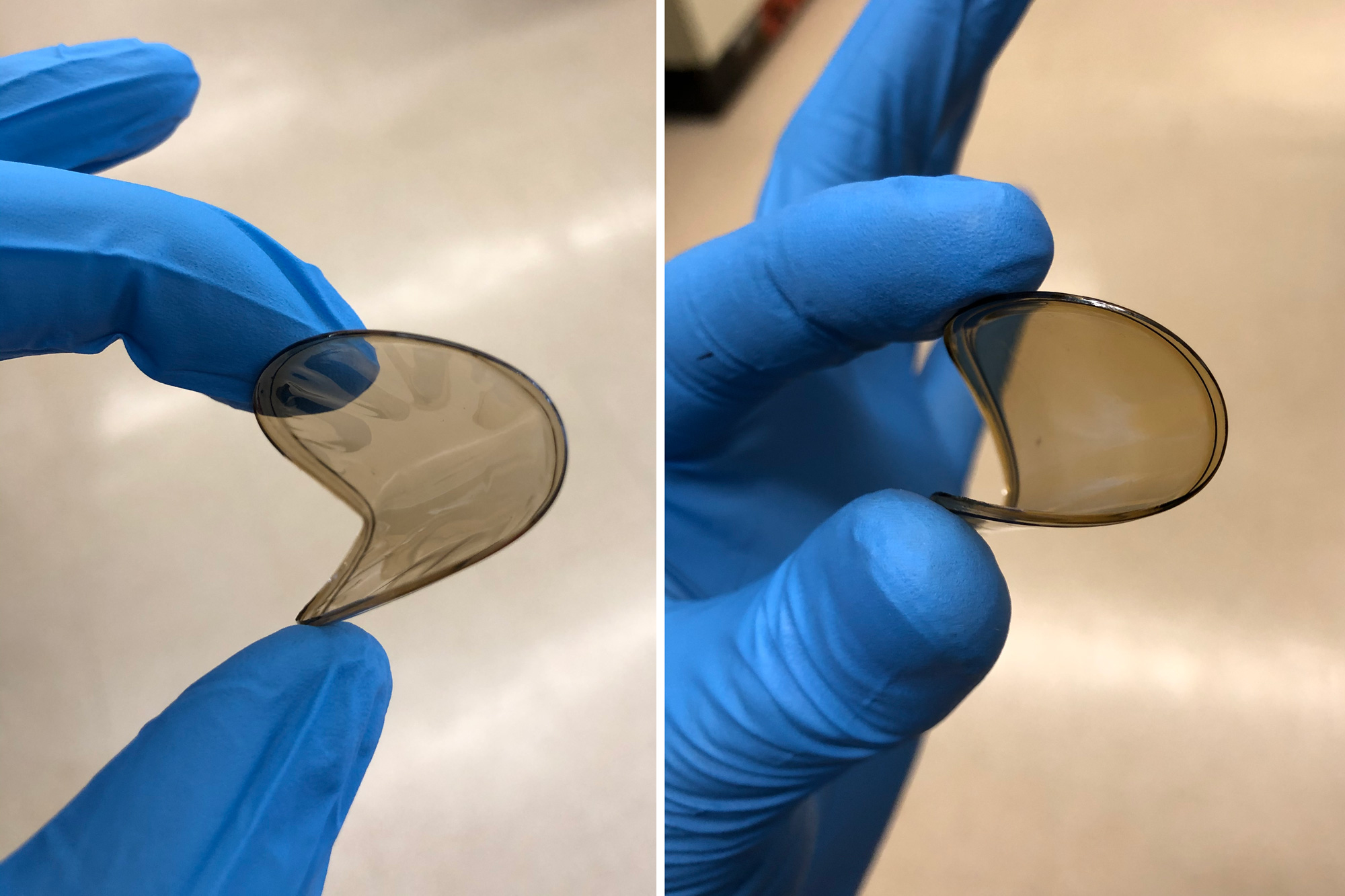How to use Python dictionaries
Programming languages all come with a variety of data structures, each suited to specific kinds of jobs. Among the data structures built into Python, the dictionary, or Python dict, stands out. A Python dictionary is a fast, versatile way to store and retrieve data by way of a name or even a more complex object type, rather than just an index number.Python dictionaries consists of one or more keys—an object like a string or an integer. Each key is associated with a value, which can be any Python object. You use a key to obtain its related values, and the lookup time for each key/value pair is highly constant. In other languages, this type of data structure is sometimes called a hash map or associative array.To read this article in full, please click here

Programming languages all come with a variety of data structures, each suited to specific kinds of jobs. Among the data structures built into Python, the dictionary, or Python dict, stands out. A Python dictionary is a fast, versatile way to store and retrieve data by way of a name or even a more complex object type, rather than just an index number.
Python dictionaries consists of one or more keys—an object like a string or an integer. Each key is associated with a value, which can be any Python object. You use a key to obtain its related values, and the lookup time for each key/value pair is highly constant. In other languages, this type of data structure is sometimes called a hash map or associative array.





































